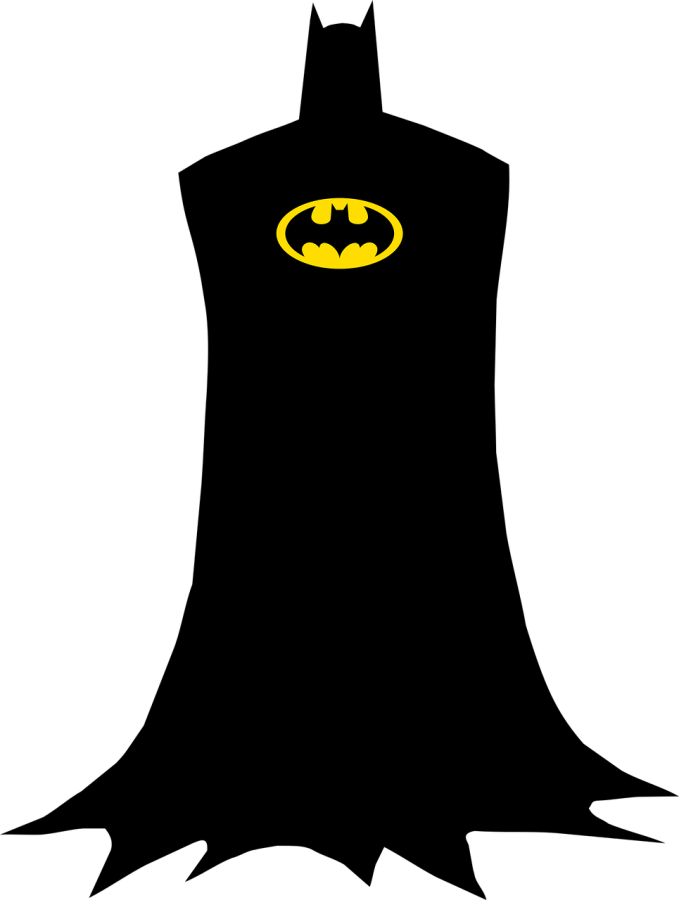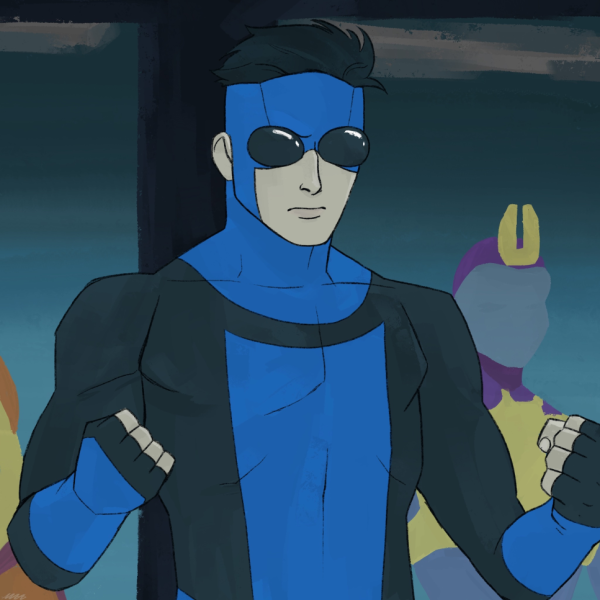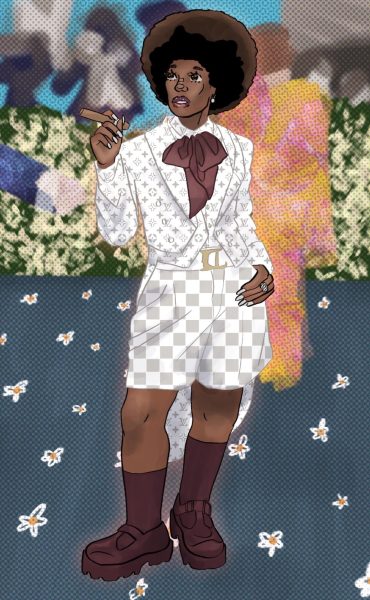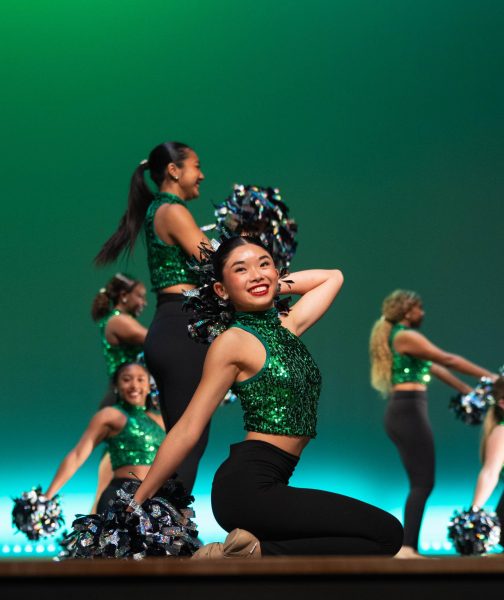The Batman: a nuanced take on a classic character
[SPOILER AND VIOLENCE WARNING] – This article contains heavy spoilers for “The Batman.” If you plan to watch the movie without having any of the plot points spoiled, please do not read this article. This article also contains mentions of physical violence and harassment — please do not read further if this is uncomfortable for you.
Anyone who has ever dabbled in, or even been exposed to modern pop culture, has heard the name ‘Batman.’ But after a decade worth of engaging yet lackluster Hollywood appearances, that name has been met with equal amounts of fame and infamy.
The newest film starring the caped crusader is a masterpiece. Straight from the depths of Gotham, The Batman emerges to be one of the best superhero films I have seen. Starring Robert Pattinson, we get three hours of intense, gritty heroism that is sure to leave any fan squirming in their seat with joy. The film has an 86% rating on Rotten Tomatoes with 90% of Google’s users liking the movie.
The film begins with the Riddler, a serial killer, murdering the mayor of Gotham with a carpet scraper. In his mind, this is what the mayor deserves for being corrupt. The Riddler’s goal is to bring the city to its “judgment day.”
This dark tone of the movie is complemented by its beautiful cinematography. Every scene is expertly shot with unique angles and good editing. After a chase scene in the Batmobile, the Penguin, played by Colin Farrell with one of the most impressive makeup transformations I have ever seen, is trapped in his car; he looks toward the upside-down horizon and sees the Dark Knight slowly walking towards him with fire in the background. You could see the fear in the Penguin’s eyes as the Batman’s silhouette approached him. Such an amazing shot.
Another great moment happens in the last act, where Batman lights a flare to lead the people of Gotham out of the flooded city center. The red flare shines to every corner in the debris-filled lake of a room, and the red hue tints the surroundings as the only light source in the pitch black. With him at the center, he is the light to the people of Gotham; he is their hope.
With amazing scenery, the villain in this Batman movie is something we have never seen before in its counterparts. The Riddler, played by Paul Dano, is menacing, dark and vastly different from the colorful cartoon character we get in the comics. Matt Reeves, the director, says this Riddler was inspired by the real-life Zodiac Killer in the late 1960s. We can see how the movie takes inspiration from the serial killer that left riddles and mysterious ciphers. This sinister villain imprints fear in the audience. Knowing little about him, we’re both afraid and curious. We later find out that the Riddler was an orphan like Bruce Wayne, similarly, his contempt for the system stems from his unstable upcoming. Society did not care about him or orphans, they cared about “poor Bruce Wayne.” His disgust for Gotham city is understandable, and his character has realistic reasons for his abhorrence.
Batman has a great arc and an amazingly simple one at that: he recognizes that his vengeance will not change the past. He realizes he needs to be more than vengeance. Simple as that. He needs to be hope, he needs to be a leader, he needs to be a symbol. This is cleverly illustrated in the final act where one of the Riddler’s minions echoes that he is “vengeance.” This moment draws a parallel when Batman says the same thing when he saves a man from a gang attack. Batman comes to the realization that his impact is having a different one than he intended: instead of scaring the criminals, he gave them representation. Batman gave motivation for other people to be their own form of “vengeance.” It dawns on him that vengeance is not what Gotham needs. Batman leading the people with a flare finishes his arc, for he realizes he needs to be more than vengeance for the people of Gotham, he needs to be a symbol. A symbol that people can look up to. The scene encapsulates that: Batman leads the people of Gotham, and they follow.
The fighting is brutal. Each of Batman’s punches have weight behind them and with each impact of his fist, we can almost hear the shattering bones of his enemies. Each time Batman’s fists collide with his foe’s body, the sound sends a tingle down our spine because all we are thinking is “how many broken bones do Batman’s victims have?”
The number is sure to be high.
I also loved that the movie is realistic. Batman gets beat up a lot, with the beatings having a noticeable effect on his performance. When he gets shot in the chest, he falters backwards, then winces in pain as he staggers back in the fight. His punches feel more uncontrolled as the fights go on, getting more tiresome after each one. We hear his panting and his exhaustion at the end of these brutal, ferocious fights. He is not invincible, he is just a guy, human and vulnerable. He also does not have a plan for everything; when the police capture him, he improvises, the fear of his capture imminent.
The end of the film sees the Riddler’s plan come to fruition. It is not the boring, overused plot where the good guy loses to the bad guy, and then the good guy comes back stronger to beat the bad guy. The Riddler wins. He succeeds in his plan, destroying Gotham both internally and externally.
The movie ends with the Riddler meeting the Joker, Batman’s notorious nemesis, played by Barry Keoghan in Arkham Asylum. The two have a laugh and the scene ends with them agreeing on a friendship. This is definitely a teaser for another movie, and I’m hyped for the sequel. Warner Bros has confirmed spin-off shows for the Penguin and for Catwoman, so it will be exciting to see these characters reappear on the big screen. Overall, the movie is a must-watch and an amazing theater experience. I highly recommend you see it.
Your donation will support the student journalists of Bellaire High School. Your contribution will allow us to purchase equipment and cover our annual website hosting costs.







